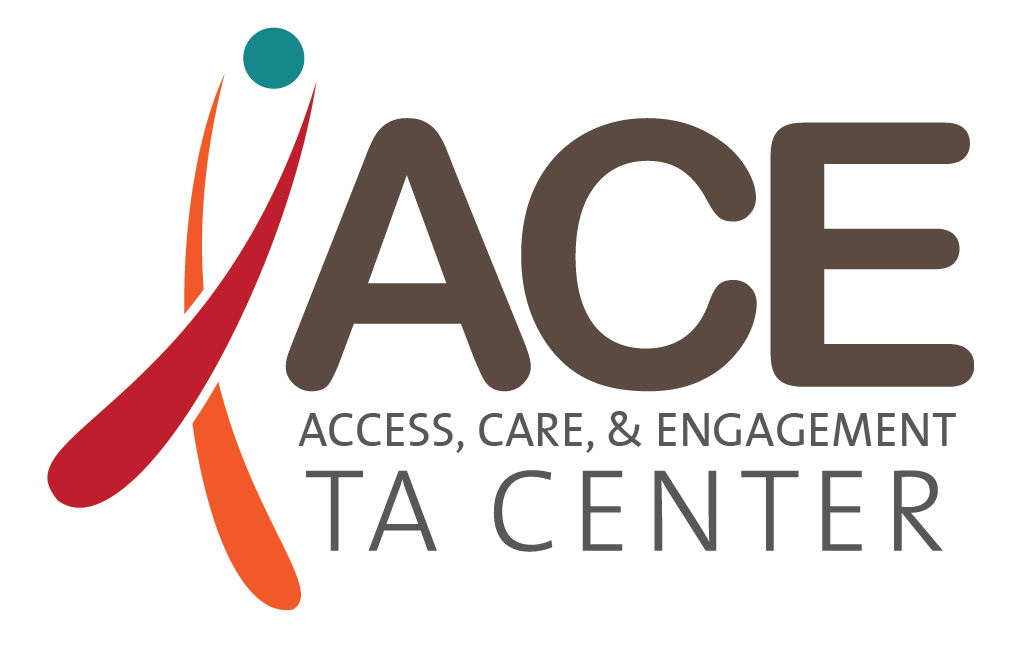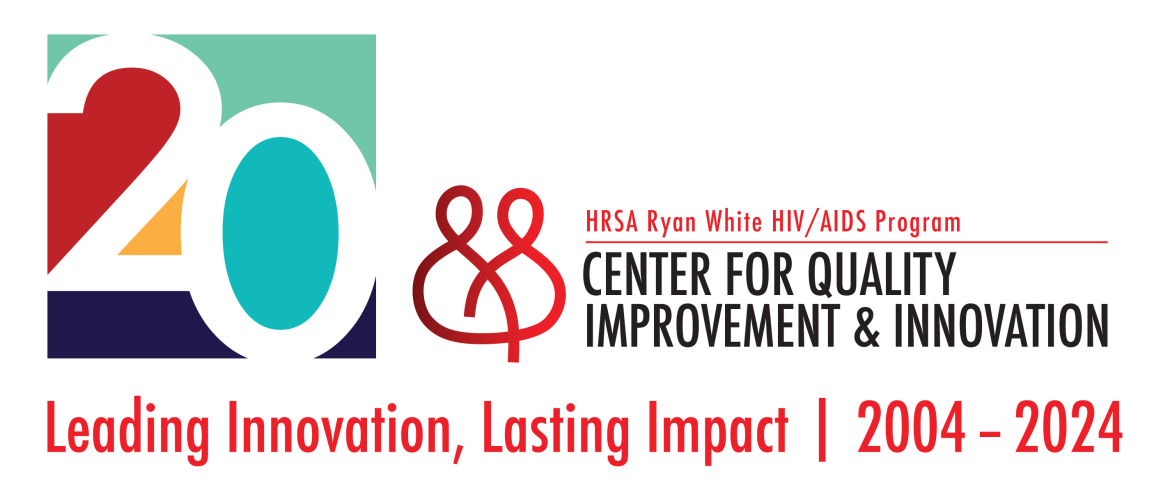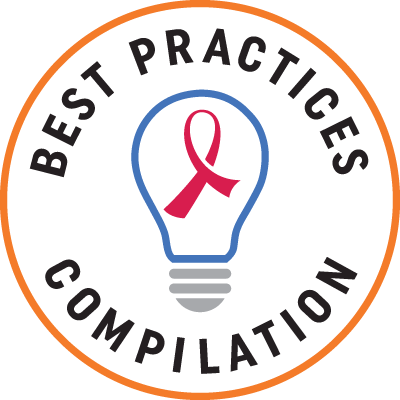Retaining in Care
On
Engagement in HIV/AIDS care falls along a continuum, from not being in care at all to being fully engaged, with interim points that reflect inconsistent and non-engagement in care. Varied interventions can enhance care engagement, including peer support, motivational interviewing, and case management. HRSA HAB through the SPNS program and other initiatives identify and evaluate innovative retention approaches, and produce replication materials for those showing the most promise. Many of these interventions focus on populations at most need, including youth, transgender women, and women and MSM of color.
Best Practices
- IHIP
- IHIP
- IHIP
- Best Practices Compilation
- Best Practices Compilation
Technical Assistance
 Capacity building for the RWHAP community to navigate the changing health care landscape and help people with HIV to access and use their health coverage to improve health outcomes. Project period: 2022-2025.
Capacity building for the RWHAP community to navigate the changing health care landscape and help people with HIV to access and use their health coverage to improve health outcomes. Project period: 2022-2025.- The central hub of the AETC Program, the clinical training arm of the RWHAP, through HIV curricula, technical support to regional AETCs on practice transformation and best practices, and housing of all AETC-developed tools for HIV clinical staff. Project period: 2019-2024.

TA/training for RWHAP agencies to improve the quality of HIV/AIDS care they provide. Project period: 2020-2024.
 Platform for RWHAP Part D recipients to increase the delivery of care innovations; increase the skills of staffing working with women, infant, children and youth; and support partner collaboration for dissemination of best practices.
Platform for RWHAP Part D recipients to increase the delivery of care innovations; increase the skills of staffing working with women, infant, children and youth; and support partner collaboration for dissemination of best practices. Initiative documenting best practice strategies and interventions that have been shown to improve HIV outcomes in a "real world" setting and can be replicated by other programs. Project period: 2021-2024.
Initiative documenting best practice strategies and interventions that have been shown to improve HIV outcomes in a "real world" setting and can be replicated by other programs. Project period: 2021-2024.